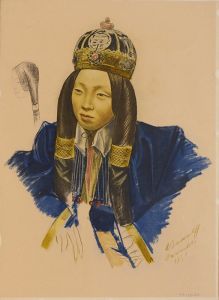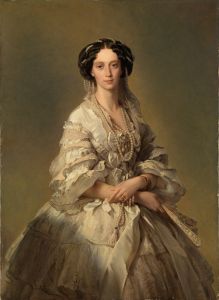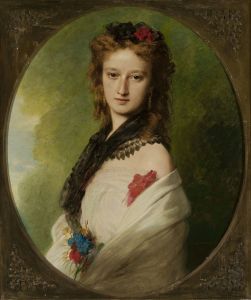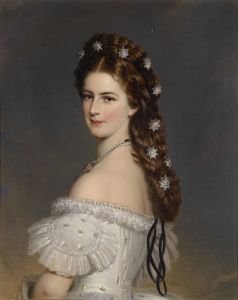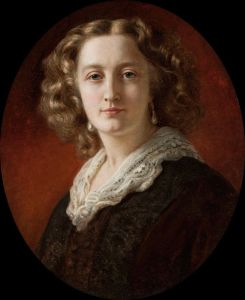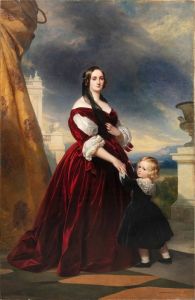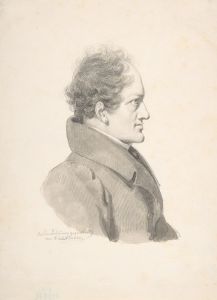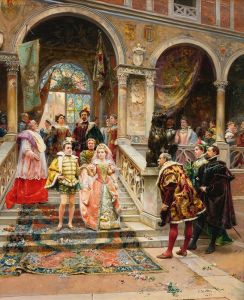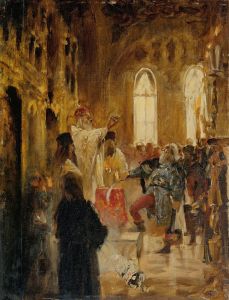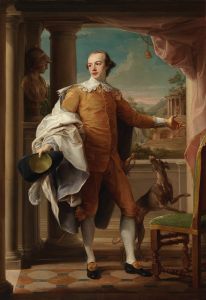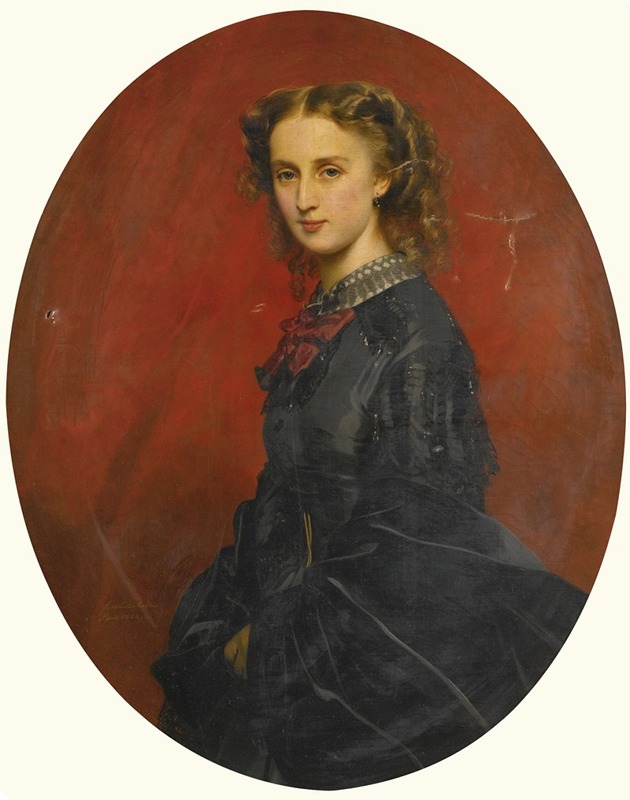
Wanda Fürstin von und zu Putbus , née Freiin von Veltheim-Bartensleben
A hand-painted replica of Franz Xaver Winterhalter’s masterpiece Wanda Fürstin von und zu Putbus , née Freiin von Veltheim-Bartensleben, meticulously crafted by professional artists to capture the true essence of the original. Each piece is created with museum-quality canvas and rare mineral pigments, carefully painted by experienced artists with delicate brushstrokes and rich, layered colors to perfectly recreate the texture of the original artwork. Unlike machine-printed reproductions, this hand-painted version brings the painting to life, infused with the artist’s emotions and skill in every stroke. Whether for personal collection or home decoration, it instantly elevates the artistic atmosphere of any space.
Franz Xaver Winterhalter was a renowned 19th-century German painter known for his flattering portraits of royalty and high society. One of his notable works is the portrait of Wanda Fürstin von und zu Putbus, née Freiin von Veltheim-Bartensleben. This painting exemplifies Winterhalter's skill in capturing the elegance and grace of his subjects, a hallmark of his artistic style.
Wanda Fürstin von und zu Putbus was a member of the European aristocracy, and her portrait by Winterhalter reflects her status and the fashion of the time. Winterhalter was particularly adept at portraying the luxurious fabrics and intricate details of his sitters' clothing, and this painting is no exception. The portrait likely features Wanda in an opulent gown, with attention to the textures and colors that were fashionable among the elite during the mid-19th century.
Winterhalter's portraits were highly sought after by the nobility, as they not only captured the likeness of the individual but also conveyed a sense of refinement and sophistication. His ability to depict the subtleties of expression and the delicate interplay of light and shadow contributed to his reputation as a master portraitist. The portrait of Wanda Fürstin von und zu Putbus would have been commissioned to showcase her beauty and social standing, as well as to serve as a lasting legacy for her family.
The artist's technique involved a combination of realism and idealization, which appealed to his patrons who desired to be portrayed in the best possible light. Winterhalter's work is characterized by its smooth brushwork and the soft, almost ethereal quality of his subjects' skin tones. This approach not only highlighted the physical attributes of his sitters but also imbued the portraits with a sense of timeless elegance.
While specific details about the circumstances of the commission or the exact date of the painting are not readily available, it is known that Winterhalter was active during the mid-1800s, a period when he painted numerous members of the European aristocracy. His clientele included royalty from various countries, and his portraits were often displayed in prominent locations, further enhancing his reputation and the prestige of his subjects.
The portrait of Wanda Fürstin von und zu Putbus, like many of Winterhalter's works, serves as a historical document that offers insight into the fashion, culture, and social dynamics of the time. It reflects the artist's ability to capture not just the physical likeness of his subjects, but also the essence of their social identity. Through his portraits, Winterhalter has left a lasting legacy that continues to be appreciated for its artistic merit and historical significance.





